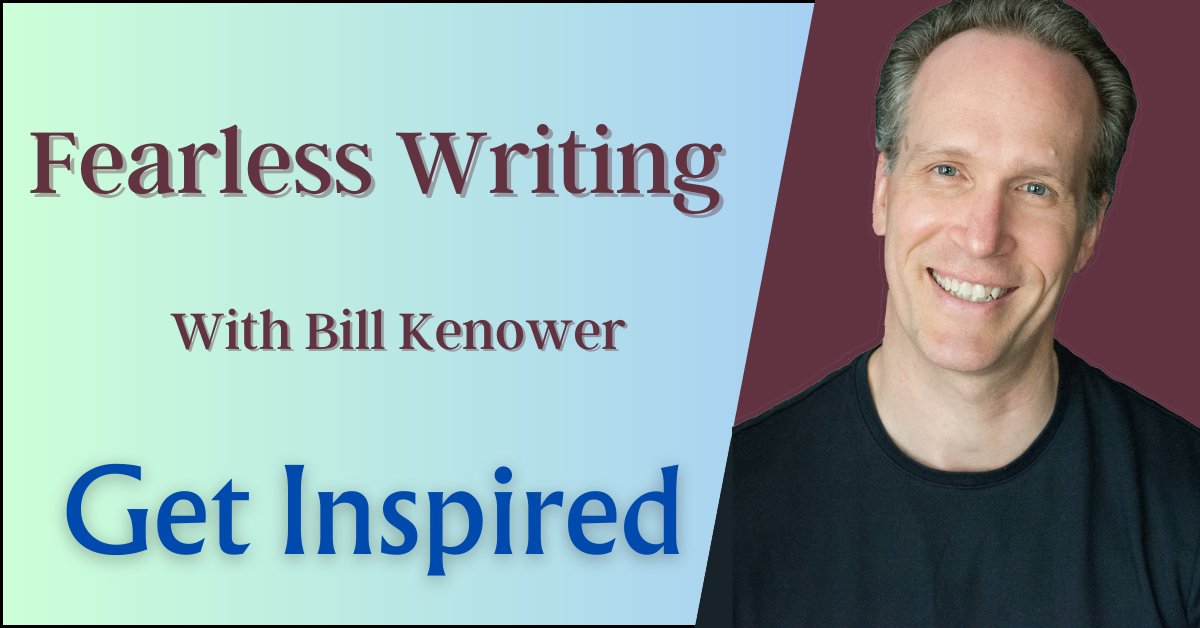First Reader
In tomorrow’s episode of Author2Author, I spoke with novelist Jonathan Evison, who talked a lot about the relationship between the author and the audience. Specifically, about promises we make to them in our first chapter, the importance of subverting their expectations here and there through the middle, and then delivering an ending that surprises but still feels inevitable. I agreed with everything he said about this relationship, though I couldn’t help but be reminded of what an unusual one it is, given that each participant in this conversation is always alone with their end of it.
After all, when I’m working with a client or classroom of students, I can read the audience, so to speak, to see if what I’m saying is landing with them. In fact, I often ask, “Does that make sense?” If not, I try again from another angle. It’s a kind of real-time rewriting. On the other hand, when I write my little stories of my trials of adventures for these or other essays, there is no room to read, as I am the only one present for the telling. Yet I am still of aware of my audience, absent though they may be. I know that my story has to make sense to someone who hasn’t lived it, which requires I view the events as if for the first time.
To do so, I split myself in two. First there is the one who actually lived what happened. He is the audience. He doesn’t fully understand the value of whatever he went through. He has his pride and his grievances, all of which warps the world around him, making him both the complete center of it, the most important person on earth, or utterly insignificant to all the goings on about him, one of seven billion pin-pong balls bounced around by chance and forces beyond and anyone’s control.
To him, my second half tells a new story, one in which no one is better and no one is worse, where everything he does and thinks and says has an effect, and where every single moment matters, whether he’s drinking a cup of tea or speaking to a crowded conference room. My immediate audience is skeptical, but curious. It sounds good, but he’s been fooled by promises before. And so, to tell this new story, I must see it – not invent it, and not even believe it. Either it’s there or it’s not. It always is, and if I tell it well, by the end the audience and the writer are one.
Check out Fearless Writing with Bill Kenower on YouTube or your favorite podcast app.
Everyone Has What It Takes: A Writer’s Guide to the End of Self-Doubt
You can find William at: williamkenower.com


